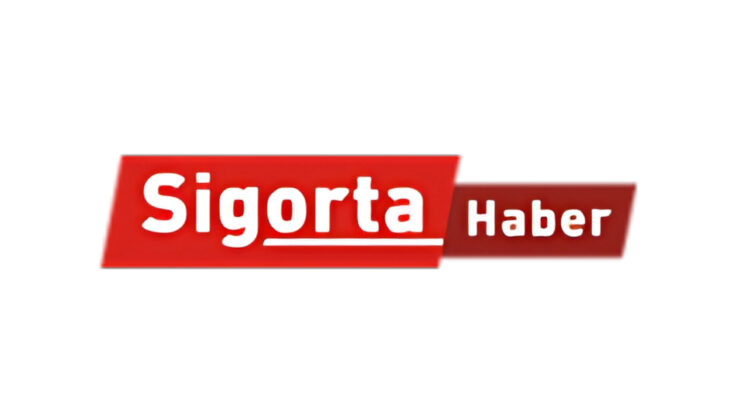

Moody’s Ratings has revised its outlook for Terna – Rete Elettrica Nazionale S.p.A. (Terna) to positive from stable. The agency has affirmed Terna’s Baa2 long-term issuer rating, baa2 Basic Credit Assessment (BCA), Baa2 senior unsecured ratings, and a provisional (P)Baa2 rating on its €12 billion senior unsecured EMTN program. In addition, Terna’s P-2 short-term Issuer and Commercial Paper ratings, along with the (P)P-2 other short-term rating, have been affirmed. The secondary debt ratings, or “hybrid” ratings, have been maintained at Ba1.
The upgrade to a positive outlook reflects Terna’s robust financial profile, demonstrated by an average funds from operations (FFO) to net debt ratio of 15.0% over the past five years (2020-2024). Moody’s anticipates that Terna will sustain credit metrics consistent with a Baa1 rating from 2025 to 2028.
According to Terna’s 2024-2028 business plan update, gross capital expenditures (capex) of €17.7 billion are projected to significantly raise adjusted net debt, resulting in weaker credit metrics compared to recent years. However, nearly all planned investments aim to expand Terna’s regulatory asset base, thereby enhancing earnings and cash flows. Management is committed to maintaining a solid financial structure and credit ratings. Potential balance sheet strengthening through hybrid issuance is considered in light of increased investments. Consequently, Moody’s expects the FFO/net debt ratio to be in the low double digits and the retained cash flow (RCF)/net debt ratio to average in the mid to high single digits for the 2025-2028 period.
The rating adjustment also acknowledges an improved fiscal outlook, marked by the positive outlook on Italy’s Baa3 rating, and anticipates enhanced economic resilience in Italy. Given Terna’s significant ties to the sovereign state, where it generates most of its earnings, this is crucial.
The affirmation of Terna’s rating acknowledges its monopoly over the electricity transmission network in Italy and its pivotal role in executing the national energy strategy. The low business risk associated with electricity transmission, supported by a transparent and supportive regulatory framework, limited exposure to volume fluctuations, and generally timely cost recovery mechanisms, ensures revenue predictability and stability.
These strengths are counterbalanced by the country risk inherent in Italy, where Terna’s operations are concentrated, the relatively high proportion of cash flow allocated as dividends, and Terna’s extensive capital expenditure program, which could increase leverage without mitigating measures.
Terna is classified under Moody’s Government-Related Issuers methodology due to indirect control by the Italian Government. Based on Moody’s expectation of a moderate likelihood of government support in financial distress and very high default dependence, Terna’s Baa2 senior unsecured ratings do not include any uplift from the company’s BCA of baa2. Terna’s BCA is already higher than its backstop Baa3 rating.
Any upgrade in Terna’s ratings will be contingent on an upgrade of the Italian sovereign rating. Upward rating pressure will also require continued solid liquidity and maintenance of financial metrics consistent with a Baa1 profile, including at least 11% FFO/Net debt and at least 7% RCF/Net debt.
Conversely, a downgrade of the Italian sovereign rating could trigger a downgrade of Terna’s ratings due to its sovereign links. Downward pressure could also result from a structural decline in Terna’s credit profile, such as FFO/net debt falling below 8% or RCF/net debt below 5%, increased exposure to unregulated business, adverse regulatory developments, political interference, or fiscal measures undermining the company’s business risk profile.
SİGORTA
7 saat önceSİGORTA
8 saat önceSİGORTA
13 saat önceSİGORTA
2 gün önceSİGORTA
2 gün önceBİLGİ
5 gün önceSİGORTA
6 gün önceSİGORTA
8 gün önceSİGORTA
13 gün önceSİGORTA
16 gün önce 1
DJI Mini 5: A Leap Forward in Drone Technology
20196 kez okundu
1
DJI Mini 5: A Leap Forward in Drone Technology
20196 kez okundu
 2
xAI’s Grok Chatbot Introduces Memory Feature to Rival ChatGPT and Google Gemini
14209 kez okundu
2
xAI’s Grok Chatbot Introduces Memory Feature to Rival ChatGPT and Google Gemini
14209 kez okundu
 3
7 Essential Foods for Optimal Brain Health
13051 kez okundu
3
7 Essential Foods for Optimal Brain Health
13051 kez okundu
 4
Elon Musk’s Father: “Admiring Putin is Only Natural”
12907 kez okundu
4
Elon Musk’s Father: “Admiring Putin is Only Natural”
12907 kez okundu
 5
Minnesota’s Proposed Lifeline Auto Insurance Program
10771 kez okundu
5
Minnesota’s Proposed Lifeline Auto Insurance Program
10771 kez okundu
Sigorta Güncel Sigorta Şikayet Güvence Haber Hasar Onarım Insurance News Ajans Sigorta Sigorta Kampanya Sigorta Ajansı Sigorta Sondakika Insurance News